Click here and press the right key for the next slide (or swipe left)
also ...
Press the left key to go backwards (or swipe right)
Press n to toggle whether notes are shown (or add '?notes' to the url before the #)
Press m or double tap to slide thumbnails (menu)
Press ? at any time to show the keyboard shortcuts
The Launching Effect and Perceptual Processes
How to get beyond intuition?
The launching effect: detecting a 50ms difference in the delay between two movements.
- How is launching detected? For example, does it involve perceptual processes?
- Why is a delay of up to around 70ms consistent with the launching effect occuring?
1. Illusory causal crescents
2. Adaptation
3. Apparent motion (Kim et al)
Kim et al 2013, S6

Kim et al 2013, figure 2
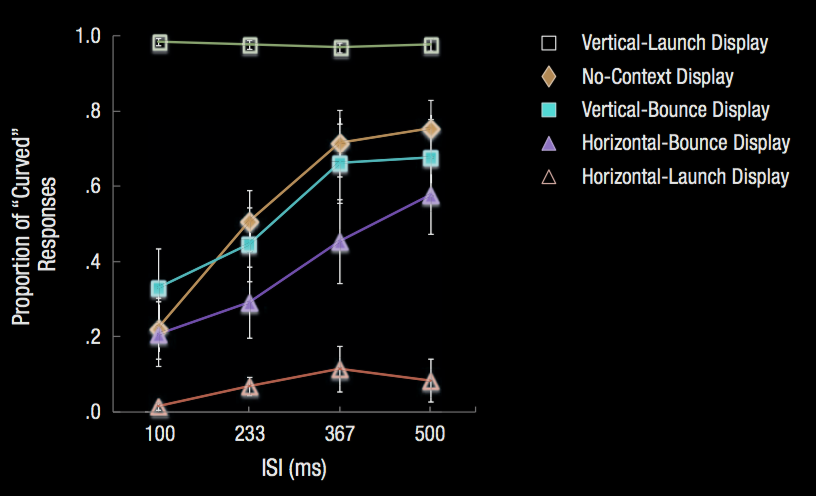
Kim et al 2013, figure 3
1. Illusory causal crescents
2. Adaptation?
3. Apparent motion
[see appendix]
1. Illusory causal crescents
2. Adaptation
3. Apparent motion (Kim et al)
Guess how the launching effect works ...
judgement-independent
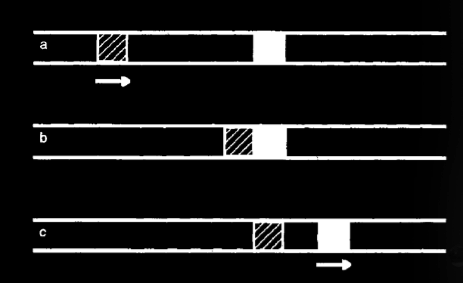
Thines et al (1991)
what did you see?
what did you see?
causal capture
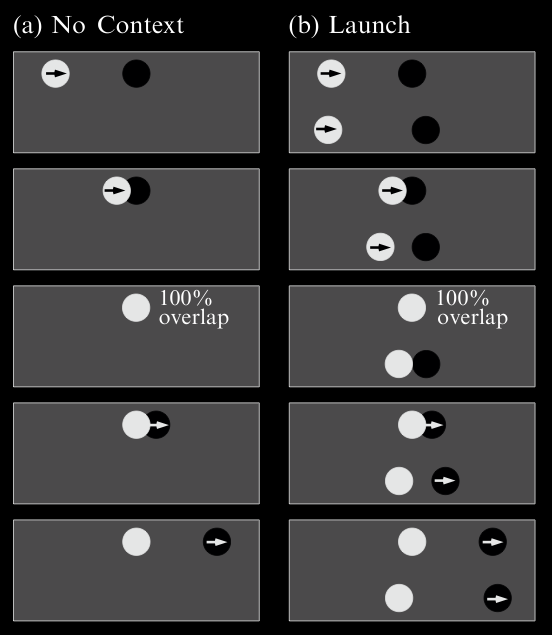
Scholl and Nakayama 2004, figure 2 (part)
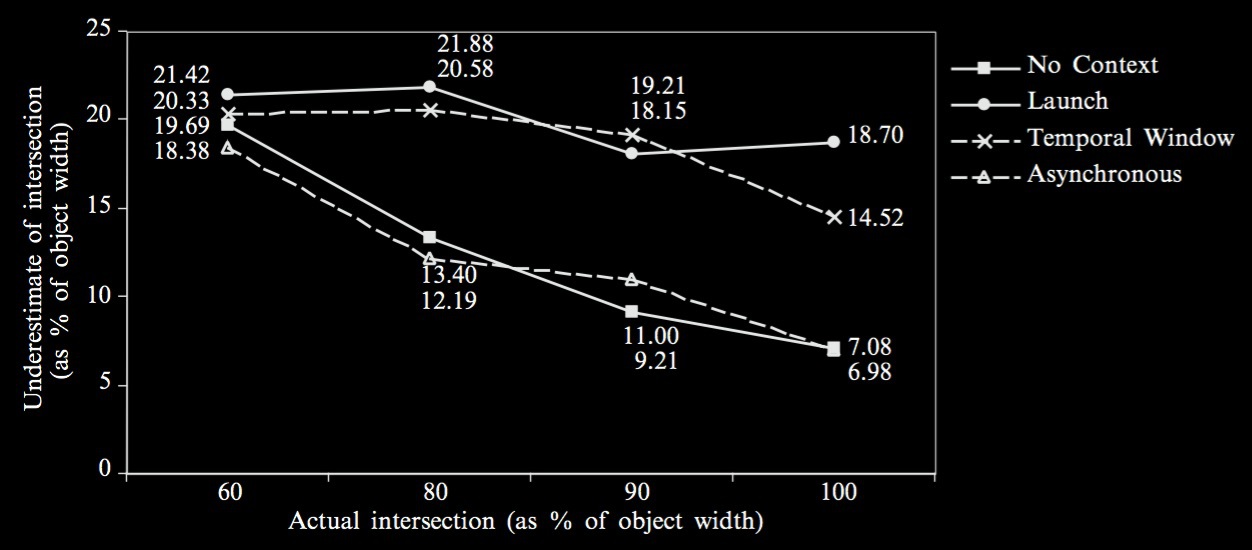
Scholl and Nakayama 2004, figure 4
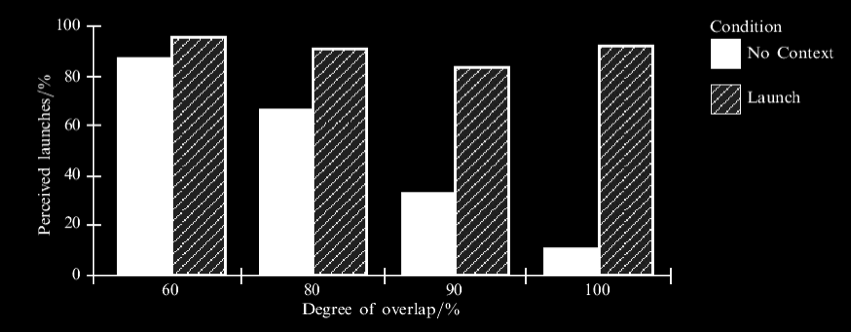
Scholl and Nakayama 2004, figure 5
1. Illusory causal crescents
2. Adaptation
3. Apparent motion (Kim et al)
‘object perception reflects basic constraints on the motions of physical bodies …’
(Spelke 1990: 51)
‘A single system of knowledge … appears to underlie object perception and physical reasoning’
(Carey and Spelke 1994: 175)
Rips’ objection (2011, p. 92) [in appendix]
1. Illusory causal crescents
2. Adaptation
3. Apparent motion (Kim et al)
How to get beyond intuition?
The launching effect: detecting a 50ms difference in the delay between two movements.
- How is launching detected? For example, does it involve perceptual processes?
- Why is a delay of up to around 70ms consistent with the launching effect occuring?